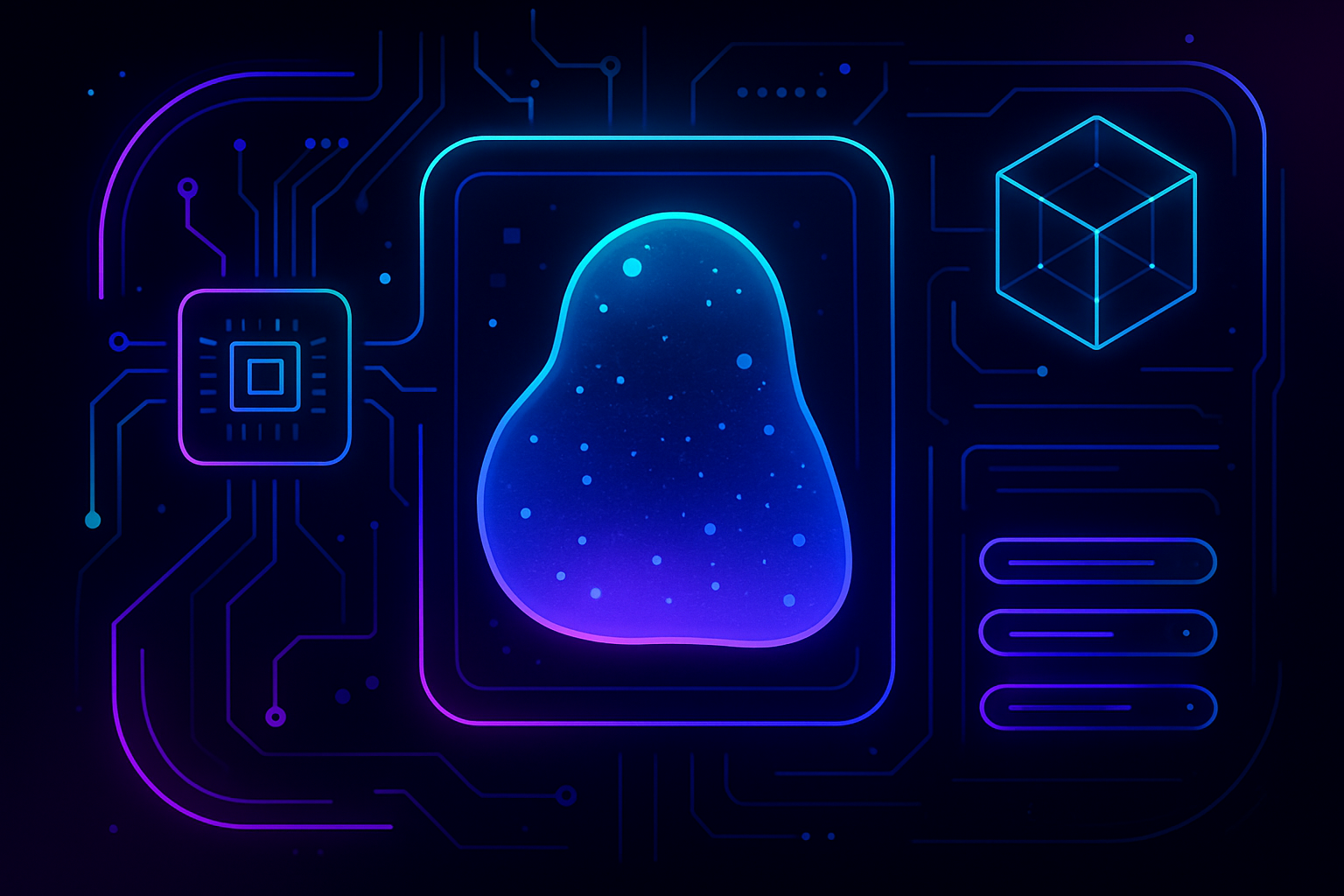How the Fusaka Upgrade Expands Celestia Blobspace Capacity: What Developers Need to Know

The Ethereum Fusaka upgrade, scheduled for December 3,2025, is poised to reshape the landscape for developers working with Celestia blobspace and data blobs. As demand for scalable, cost-efficient data storage intensifies across rollups and decentralized applications, Fusaka’s phased expansion of blob capacity, innovative PeerDAS integration, and bounded base fees represent a pivotal leap forward. For developers and analysts tracking Celestia’s evolution, understanding how these changes impact blobspace capacity and application performance is essential.

Phased Blob Capacity Expansion: What It Means for Celestia Developers
At the heart of Fusaka is a carefully orchestrated increase in the number of blobs per block that Ethereum can process. This directly impacts Celestia’s blobspace capacity, as rollups and data-heavy protocols will be able to post more transaction data at lower costs.
- Initial State: Maintains 6 target and 9 maximum blobs per block.
- BPO-1 (One week post-Fusaka): Raises limits to 10 target and 15 maximum blobs per block.
- BPO-2 (Two weeks post-Fusaka): Further increases to 14 target and 21 maximum blobs per block.
This phased approach, known as Blob Parameter Only (BPO) forks, allows Ethereum to scale blobspace incrementally without risking network instability. For Celestia developers, this means more reliable capacity planning and the ability to deploy more complex, data-intensive dApps with confidence.
PeerDAS: Redefining Data Availability and Node Efficiency
One of the most anticipated features in Fusaka is PeerDAS (EIP-7594), which introduces data availability sampling to the Ethereum ecosystem. Instead of validators downloading entire blobs, PeerDAS enables them to verify data by sampling small portions, drastically reducing bandwidth and storage requirements.
PeerDAS Benefits for Celestia Developers
-

1. Dramatically Reduced Data Bandwidth RequirementsPeerDAS enables validators and light clients to sample small portions of blob data instead of downloading entire blobs. This significantly lowers the bandwidth and storage needed for Celestia node operators and developers.
-

2. Enhanced Scalability for Rollups and Modular ChainsBy supporting higher blob targets and efficient data availability, PeerDAS allows Celestia-based rollups to post more transaction data on Ethereum, supporting larger user bases and more complex applications.
-

3. Lower Transaction and Data Posting CostsPeerDAS, combined with Fusaka’s bounded base fees for blobs, helps stabilize and reduce costs for Celestia developers posting data to Ethereum, making L2 operations more affordable and predictable.
-

4. Simpler Node Operations and MaintenanceWith less resource-intensive data verification, PeerDAS makes it easier to run and maintain Celestia nodes, lowering the barrier for new developers and operators to join the ecosystem.
-

5. Future-Proofing Through Incremental Capacity UpgradesPeerDAS supports Ethereum’s Blob Parameter Only (BPO) forks, enabling Celestia developers to benefit from regular, non-disruptive increases in blob capacity as the network scales.
This innovation has profound implications for both node operators and developers:
- Lower hardware requirements: Running a node becomes more feasible, supporting decentralization.
- Improved scalability: More blobs can be handled per block, directly boosting Celestia’s throughput.
- Simplified operations: Node maintenance is less resource-intensive, letting teams focus on application logic rather than infrastructure bottlenecks.
The result is a more resilient, efficient blobspace market where developers can confidently build and scale without being constrained by data availability limitations.
Predictable, Lower Costs: Bounded Base Fees for Blob Transactions
Another key improvement for the Celestia ecosystem is the introduction of bounded base fees for blob transactions (EIP-7918). By making transaction costs more predictable, developers gain greater control over application economics, especially for protocols that rely on heavy data posting.
With gas fees stabilized and more blobs available per block, both builders and end users benefit from reduced volatility and lower operational expenses. This is particularly impactful for projects trading or analyzing blobs on platforms like Blobspace Markets, where fee predictability can drive user adoption and retention.
Actionable Steps for Developers: Preparing for the Fusaka Era
With these changes on the horizon, how can developers best position themselves to leverage the expanded Celestia blobspace?
- Stay informed: Monitor upgrade timelines and participate in testnets to ensure compatibility.
- Optimize applications: Refactor dApps to take advantage of expanded blob limits and PeerDAS efficiency.
- Engage with the community: Join discussions around best practices for scaling with new blob parameters.
The Fusaka upgrade isn’t just a technical milestone – it’s an opportunity for developers working on Celestia, rollups, and data-driven applications to unlock new possibilities in scalability, cost control, and market innovation.
As the Fusaka upgrade rolls out, the real-world impact will be felt across the Celestia developer landscape. Teams building rollups, data marketplaces, and analytics tools should expect a fundamental shift in how they approach blobspace management and application throughput. The combination of higher blob limits and PeerDAS means that network congestion will be less of a bottleneck, enabling more ambitious projects to flourish.
For those trading or analyzing blobs, the market dynamics are poised for change. Increased blobspace capacity will likely bring greater liquidity and more granular pricing in blob trading analytics. Developers and data scientists can leverage this expanded capacity to build richer analytics dashboards, optimize transaction batching, and explore new trading strategies that were previously infeasible due to data constraints.
Key Takeaways for Celestia Builders
Best Practices for Developers Navigating the Fusaka Upgrade
-

Monitor the Fusaka Upgrade Timeline and Participate in TestnetsStay updated on the December 3, 2025 mainnet launch and subsequent BPO forks. Actively test your applications on Ethereum testnets to ensure compatibility with phased blob capacity increases.
-

Optimize Data Storage Using Expanded Blob CapacityLeverage the higher blob limits (up to 21 maximum blobs per block post-BPO-2) to efficiently store rollup and application data, reducing on-chain congestion and improving throughput.
-

Implement PeerDAS for Efficient Data AvailabilityIntegrate Peer Data Availability Sampling (PeerDAS, EIP-7594) to minimize bandwidth and storage needs, enabling more scalable node operations and faster data verification.
-

Adjust Fee Strategies for Predictable Blob Transaction CostsTake advantage of bounded base fees (EIP-7918) to offer users more predictable and cost-efficient data transactions, especially for data-heavy decentralized applications.
-

Engage with the Ethereum Developer CommunityCollaborate on platforms like Ethereum.org and Ethereum Discord to stay informed, share insights, and contribute to discussions on best practices and upgrade impacts.
It’s also important to note that the Fusaka upgrade is not a one-off event. The phased BPO approach signals Ethereum’s commitment to ongoing, measured scalability improvements. Celestia developers should anticipate further increases in blobs per block and greater opportunities for cross-chain data interoperability as the ecosystem matures.
Looking ahead, those who proactively adapt their infrastructure and development pipelines will be best positioned to capture the benefits of a more scalable, efficient blobspace. This means not only updating codebases but also rethinking data strategies, cost modeling, and user experience in light of lower, more predictable fees.
“Fusaka is more than an upgrade, it’s a paradigm shift for data-centric dApps on Ethereum and Celestia. The projects that move quickly to embrace these changes will set the pace for the next era of decentralized innovation. “
As always, engaging with the broader developer community is crucial. Sharing lessons learned, benchmarking performance post-upgrade, and contributing to open-source tooling will help ensure that the entire Celestia ecosystem benefits from Fusaka’s expanded capabilities.
For ongoing updates, analytics, and actionable insights on the evolving blobspace market, keep an eye on Blobspace Markets, your partner in navigating the new frontier of data availability and scalability.







